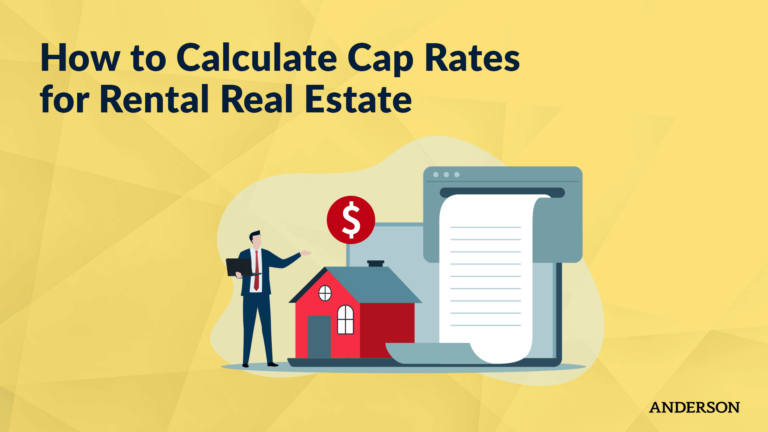How Deferred Tax Liability Works
In this episode of Coffee with Carl, attorney Carl Zoellner explains what deferred tax liability is as well as some of the most common methods of tax deferral.
Updated October 27, 2020
Deferred tax liability is at the forefront of most investors’ minds, especially as they finish up projects or begin to look at ways to reduce their tax liability at the end of the year. There are multiple flavors of deferred tax liability, so it takes some tax planning ahead of time to figure out the best strategy for your individual situation. That being said, let’s go over some of the main options to defer tax liability.
In real estate, one of the most common forms of deferring tax liability is the 1031 exchange. With a 1031 exchange, you’re kicking the can down the road basically, postponing paying taxes until you actually sell the property. Alternatively, you could continue to exchange and defer until you pass. At that time, your family would receive a full step-up in basis.
Another method for deferring taxes in the real estate sector is with the recently-introduced Qualified Opportunity Zones, or Qualified Opportunity Fund investments. This method allows real estate investors to roll capital gains into another opportunity, or another deferral mechanism, allowing you to keep moving that money forward without paying taxes on it.
With both of these methods, there are a lot of little details that could trip you up big time, so it’s critical to work with an experienced and qualified professional when implementing any of these tax deferral strategies.
Another common form of tax deferral is retirement plans. IRAs and 401(k)s are other manners of kicking the tax-can down the road to pay taxes at a later time. With Roth retirement plans, you’re actually making the choice to pay the tax upfront with the understanding that, as the investment grows, you won’t owe taxes on future withdrawals.
There are significantly more tax deferral options out there. Some of these include conservation easements, accelerated depreciation, and real estate professional status, to name a few.
The key to successfully using your tax liability deferral options is to work with a qualified and experienced professional. There are a lot of methods to postpone taxes out there, but there are also a lot of little details to keep track of and many ways to trip up — something no one wants to do when it comes to taxes and the IRS. The most important part of tax planning and deferred tax liability is to seek competent and professional guidance. There’s no one-size-fits-all tax liability approach, so it’s essential you work with someone who can guide you on the best strategies for your individual situation and goals.
Here at Anderson Advisors, we have a team of professional Senior Advisors who are well-versed in deferred tax liability and would be happy to take a look at your individual circumstances to discuss the best strategy for you. If you’re ready to actually implement some tax deferral techniques, schedule a complimentary Strategy Session today. On the call, you and a Senior Advisor will discuss the best entities and strategies for your current investing and future goals. You’ll even walk away with a custom structure blueprint. You can schedule online or by calling 888.871.8535.
Watch as Carl provides a big-picture overview of deferred tax liability in investing strategies.
Resources mentioned in this video:
- Claim your complimentary consultation & customized asset protection plan
- Subscribe to Anderson Advisors on YouTube for the latest strategies
Got an idea for a future Coffee with Carl? Send it to Carl at cwc@andersonadvisors.com.
BONUS VIDEO
Free Strategy Session with an Anderson Advisor
Receive a detailed risk assessment to assist in lowering problem areas that could wipe out all of your assets with one wrong move. Speak with an Anderson Professional Advisor to get your FREE Strategy Session.
Limited-Time Offer: ($750 value.)








